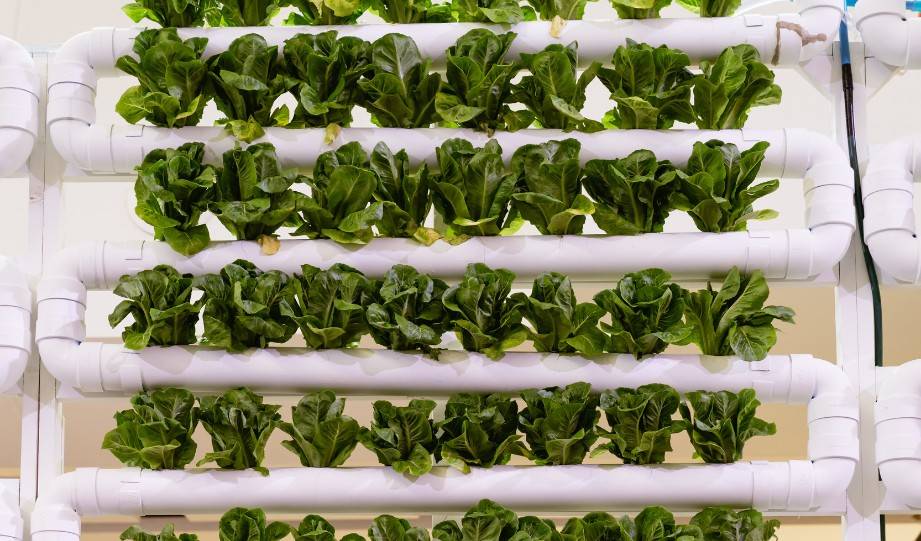Living in a city apartment, my dream of having a garden seemed impossible. With just a tiny balcony at my disposal, the conventional gardening I yearned for was out of reach.
That was until I discovered vertical gardening.
This innovative approach has not only allowed me to cultivate my green thumb but also transform my cramped space into a vibrant, leafy oasis.
Vertical gardening is more than just a space-saver; it’s a game-changer for urban dwellers like me, offering a slice of nature where ground space is a luxury we can’t afford.
Understanding Vertical Gardening
Vertical gardening is a technique that allows you to grow plants upward instead of spreading them out over the ground. This method is especially beneficial for those of us with limited gardening space, like balconies, small yards, or even indoor areas.
By utilizing vertical space, vertical gardening opens up a new realm of possibilities for urban gardening solutions, enabling city dwellers to grow their own food, herbs, and flowers in what might have seemed like impossibly small spaces.
Beyond the practical space-saving aspect, vertical gardens offer significant environmental benefits. They can improve air quality, reduce urban heat islands, and even support biodiversity by providing habitats for pollinators.
Health-wise, the act of tending to a vertical garden can reduce stress, promote physical activity, and provide a sense of accomplishment.
Moreover, having access to your own fresh, edible plants can inspire healthier eating habits.
This approach not only maximizes the use of space but also contributes to a sustainable and healthful lifestyle, making it an ideal choice for gardening enthusiasts living in the heart of the city.
Planning Your Vertical Garden
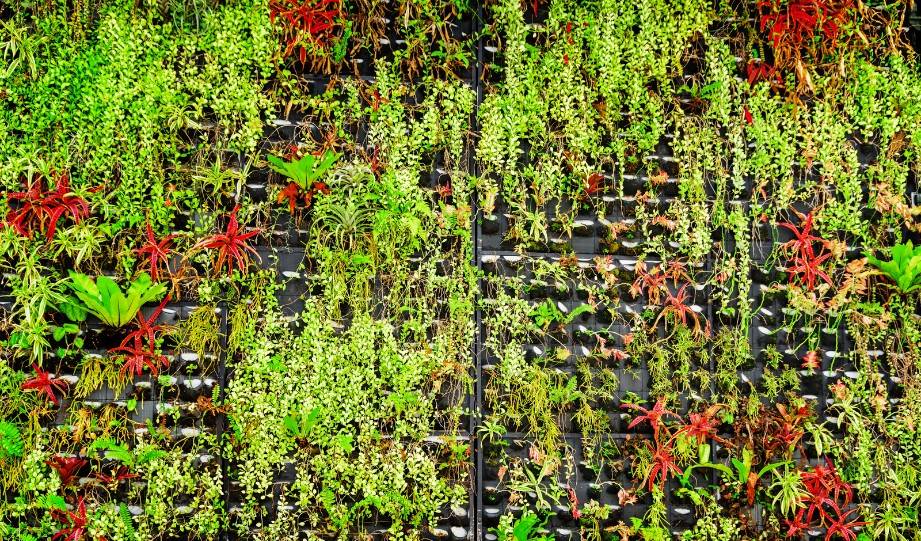
Before diving into your vertical gardening project, careful planning is essential.
Start by assessing the space you have available. Whether it’s a small balcony, a wall next to a window, or even a portion of your kitchen, understanding the dimensions of your space is critical.
This will help you determine the size and type of vertical garden structure that will fit best, whether it’s a wall-mounted planter, a freestanding frame, or DIY containers.
Sunlight is another crucial factor. Observe how sunlight moves across your space throughout the day. Most edible plants and ornamentals require at least six hours of sunlight to thrive.
If your space doesn’t receive enough natural light, consider shade-tolerant plants or installing grow lights for indoor gardens.
Water access is also vital. Your vertical garden needs to be situated where watering is convenient, ensuring plants receive consistent moisture without hassle.
This might influence the choice between manual watering or setting up a more efficient drip irrigation system.
Choosing the right plants for your vertical garden is equally important. Consider the light, water, and growth habit needs of potential plants.
Mixing edible plants with ornamental ones can create a visually appealing and functional garden. Selecting plants with similar requirements will make maintenance easier and your gardening more successful.
Proper planning ensures your vertical garden is not only a beautiful addition to your space but a thriving, green oasis that fits your lifestyle and environmental conditions.

Read More:
Choosing the Right Location
Selecting the right location for your vertical garden is a decision that sets the stage for your gardening success.
In small spaces, options might seem limited, but with a creative mindset, you can identify the perfect spot.
Start by considering sunlight exposure. Most vegetables, herbs, and flowering plants need about six hours of sunlight to thrive.
Identify areas that receive ample light, and if outdoors, consider the direction — south-facing walls or balconies are ideal in the Northern Hemisphere for maximum sun exposure.
Protection from the elements is another crucial factor. Windy conditions can dry out plants quickly and damage delicate foliage, so a spot shielded from harsh winds is preferable.
Similarly, if you’re in an area with intense midday sun, partial shade during peak hours can prevent overheating and sunburn on your plants.
Lastly, consider the proximity to your water source. Your vertical garden should be easily accessible for watering, making maintenance less of a chore and more of a joy.
Selecting Plants for Your Vertical Garden
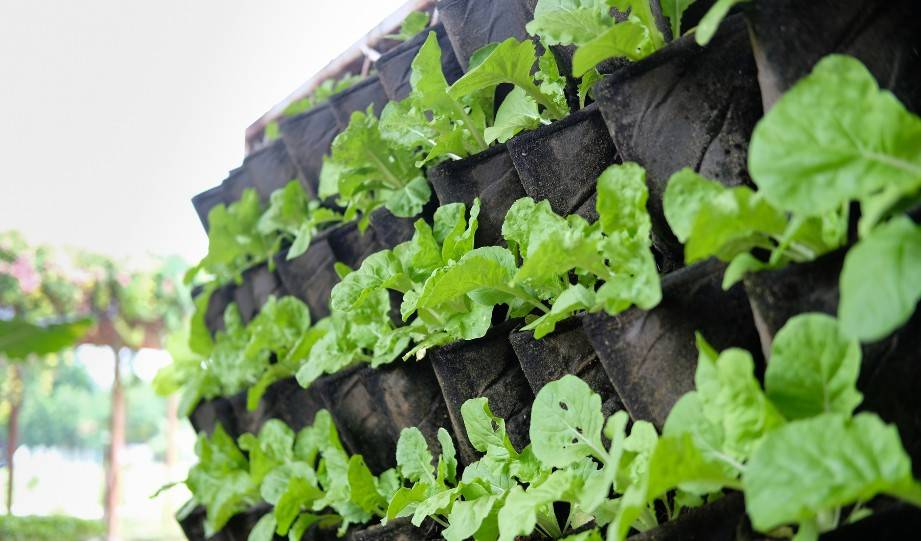
Choosing the right plants for your vertical garden is crucial for its success and sustainability. When selecting plants, consider three key factors: sunlight, water needs, and growth habits.
Start by matching plants to the amount of light your chosen location receives. Full-sun plants thrive in six or more hours of direct sunlight, while shade-tolerant plants are perfect for less sunny spots.
Water needs should also guide your selection. Plants with similar water requirements should be grouped together to simplify care and ensure all your plants are happy and hydrated.
For instance, succulents and some herbs like rosemary prefer drier conditions, making them great companions in a vertical garden.
Growth habits are equally important. Opt for a mix of edible and ornamental plants that complement each other’s growing patterns.
Climbers like beans and cucumbers can be trained up trellises, while compact herbs and lettuces can fill in lower spaces.
Adding flowering plants such as marigolds or nasturtiums not only adds color but can also attract beneficial insects.
Here’s a diverse list that includes vegetables, fruits, herbs, and ornamental plants, all of which can thrive in vertical garden setups:
Vegetables
- Lettuce
- Spinach
- Radishes
- Cherry Tomatoes
- Peas
- Pole Beans
- Swiss Chard
- Cucumbers
Fruits
- Strawberries
- Small varieties of melons (with support)
- Blackberries (trellis varieties)
Herbs
- Basil
- Mint
- Thyme
- Parsley
- Cilantro
- Chives
- Oregano
Ornamental and Flowering Plants
- Ferns
- Begonias
- Petunias
- Marigolds
- Succulents
- Sedum
- Pothos
- Ivy
Building Your Vertical Garden
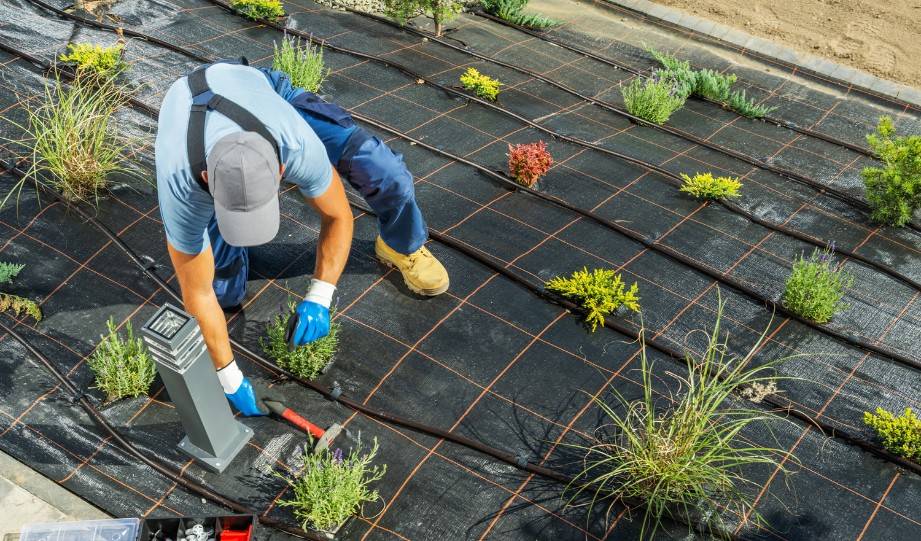
Building a vertical garden can be a rewarding project that transforms your small space into a lush, green area. Here’s a straightforward guide to get you started:
Step 1: Selecting Containers and Structures
Choose containers and structures that fit your space and the plants you intend to grow.
Options include hanging pockets, trellises, wall-mounted planters, and freestanding vertical planters. Ensure whatever you choose has adequate drainage to prevent root rot.
For a DIY approach, repurpose items like pallets, shoe organizers, or plastic bottles. Below I’ll give you the tools and materials needed to create your own vertical garden structure, and how you can assemble it.
Step 2: Preparing Your Plants
Start with healthy, disease-free plants or seeds suited for vertical growing, as listed previously.
If using seeds, consider starting them in trays before transferring to your vertical structure.
For plants, ensure their root systems are not too large for the containers you’ve selected.
Step 3: Soil and Planting
Use a high-quality potting mix that retains moisture yet drains well.
For edible plants, consider adding a slow-release organic fertilizer to the mix.
Plant your seeds or seedlings according to their specific needs, spacing them out to give them room to grow without overcrowding.
Step 4: Installing Watering Systems
Consistent moisture is key to a thriving vertical garden.
Drip irrigation is a highly efficient system for vertical setups, delivering water directly to the roots of each plant.
For smaller installations or DIY setups, a simple watering can or hose with a gentle spray nozzle works.
Just ensure each plant receives enough water, paying special attention during hot, dry periods.
Step 5: Maintenance
Regularly check your vertical garden for pests and diseases.
Pruning dead or overgrown foliage helps improve air circulation and light exposure, promoting healthy growth.
Adjust your watering schedule as needed, especially as plants grow and the seasons change.
Tools and Materials Needed to Build Your Own Vertical Garden Structure
Tools
- Gardening Gloves: Protect your hands while working with soil and plants.
- Trowel: Ideal for digging small holes for planting.
- Pruning Shears: Necessary for trimming and shaping plants.
- Watering Can or Hose: For watering your vertical garden, choose one with a gentle spray.
Materials
- Vertical Garden Structure: Choose from trellises, wall planters, hanging pockets, or repurpose items like wooden pallets. For this one we'll use wooden pallets.
- High-Quality Potting Mix: Ensures good drainage and nutrient retention.
- Plants or Seeds: Select based on your vertical garden’s sunlight and space.
- Organic Fertilizer: Slow-release types are best for continuous feeding.
- Drip Irrigation Kit (optional): A budget-friendly drip system can be made from simple tubing and emitters for efficient watering.
How to Assemble Your Own Vertical Garden Structure

Step 1: Prepare the Pallet
Start by choosing a sturdy wooden pallet.
Sand any rough edges to prevent splinters and apply a non-toxic sealant to protect the wood from moisture and rot.
This step ensures your structure lasts longer and is safe for growing edibles.
Step 2: Add Landscape Fabric
Cut enough landscape fabric to cover the back, bottom, and sides of the pallet.
This fabric will hold the soil in while allowing water to drain.
Staple the fabric securely to the pallet, ensuring there are no gaps for soil to escape through.
Step 3: Position the Pallet
Decide where your vertical garden will live. An area that receives the appropriate amount of sunlight for your selected plants is ideal.
If it’s against a wall, ensure the wall can support the weight of the pallet when it’s filled with soil and plants.
Step 4: Fill with Soil
With the pallet lying flat on the ground, fill each slat with high-quality potting mix, leaving a little space at the top for planting.
If adding a slow-release organic fertilizer, mix it with the soil now.
Step 5: Plant Your Garden
Insert plants or seeds into the slots between the pallet slats.
Consider the mature size of the plants to avoid overcrowding. Water thoroughly after planting.
Step 6: Vertical Placement
Once the plants are established and stable (which may take a few weeks), gently tilt the pallet into its vertical position.
Secure the pallet to its support if necessary to prevent tipping.
Benefits of Vertical Gardening
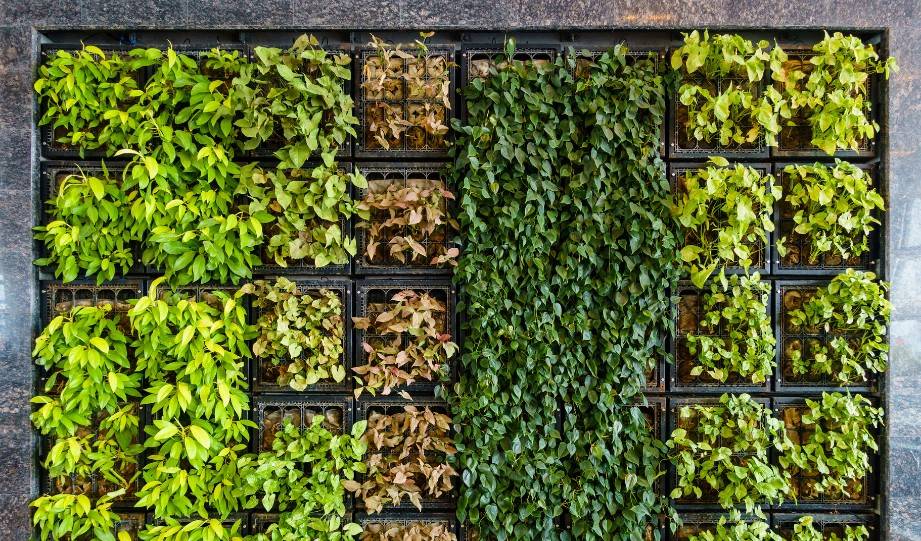
Vertical gardening isn’t just a trend; it’s a transformative approach with numerous benefits, making it a smart choice for gardeners looking to maximize their small spaces efficiently.
Space Efficiency
One of the most compelling advantages of vertical gardening is its incredible space efficiency.
By growing upwards instead of outwards, you can potentially increase your growing area several times over. For instance, a single square meter of ground space can be expanded to accommodate up to four square meters of plant growth when utilizing a vertical structure.
This makes vertical gardening an ideal solution for urban gardeners grappling with limited space.
Increased Plant Health
Vertical gardens can also lead to healthier plants. Elevating plants off the ground reduces their exposure to soil-borne diseases and minimizes pest infestations, resulting in stronger, more resilient plant growth.
Moreover, vertical gardening improves air circulation around the plants, which is crucial for preventing fungal diseases.
An added benefit is the ease of harvesting, which reduces stress on the plants and the gardener alike.
Aesthetic Appeal
The visual impact of a vertical garden is undeniable. It can transform a dull wall or balcony into a living work of art, adding beauty and vibrancy to any space.
This aesthetic enhancement can also increase property values; a well-designed vertical garden can add up to 20% more value to a residential property, making it not just a hobby but a wise investment in your home.
Environmental Impact
On a broader scale, vertical gardens contribute positively to the environment.
They play a role in reducing the urban heat island effect, filtering pollutants from the air, and providing much-needed green spaces in concrete-dominated urban areas.
Conclusion
In this article, we’ve journeyed through the essentials of building a vertical garden, from understanding its benefits and planning stages to selecting the right plants and assembling your garden structure.
Vertical gardening is a creative solution that turns small spaces into lush, productive areas. It’s an opportunity to connect with nature and grow your own plants, even in the urban jungle.
Now, it’s your turn to transform your space. Gather your tools, choose your plants, and start building your vertical garden today.
